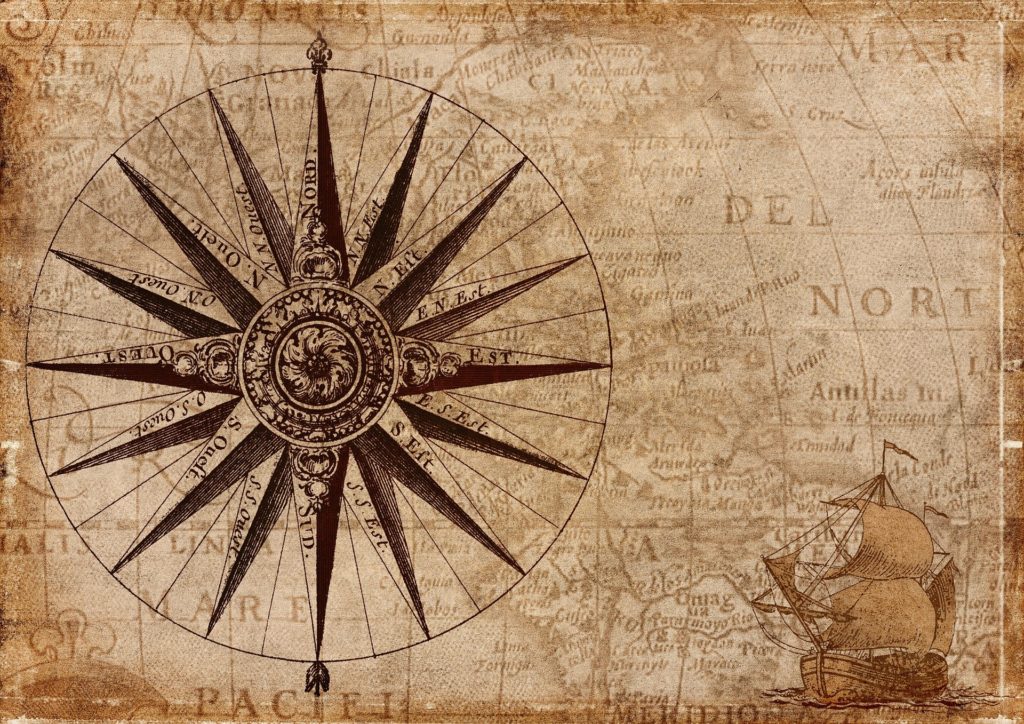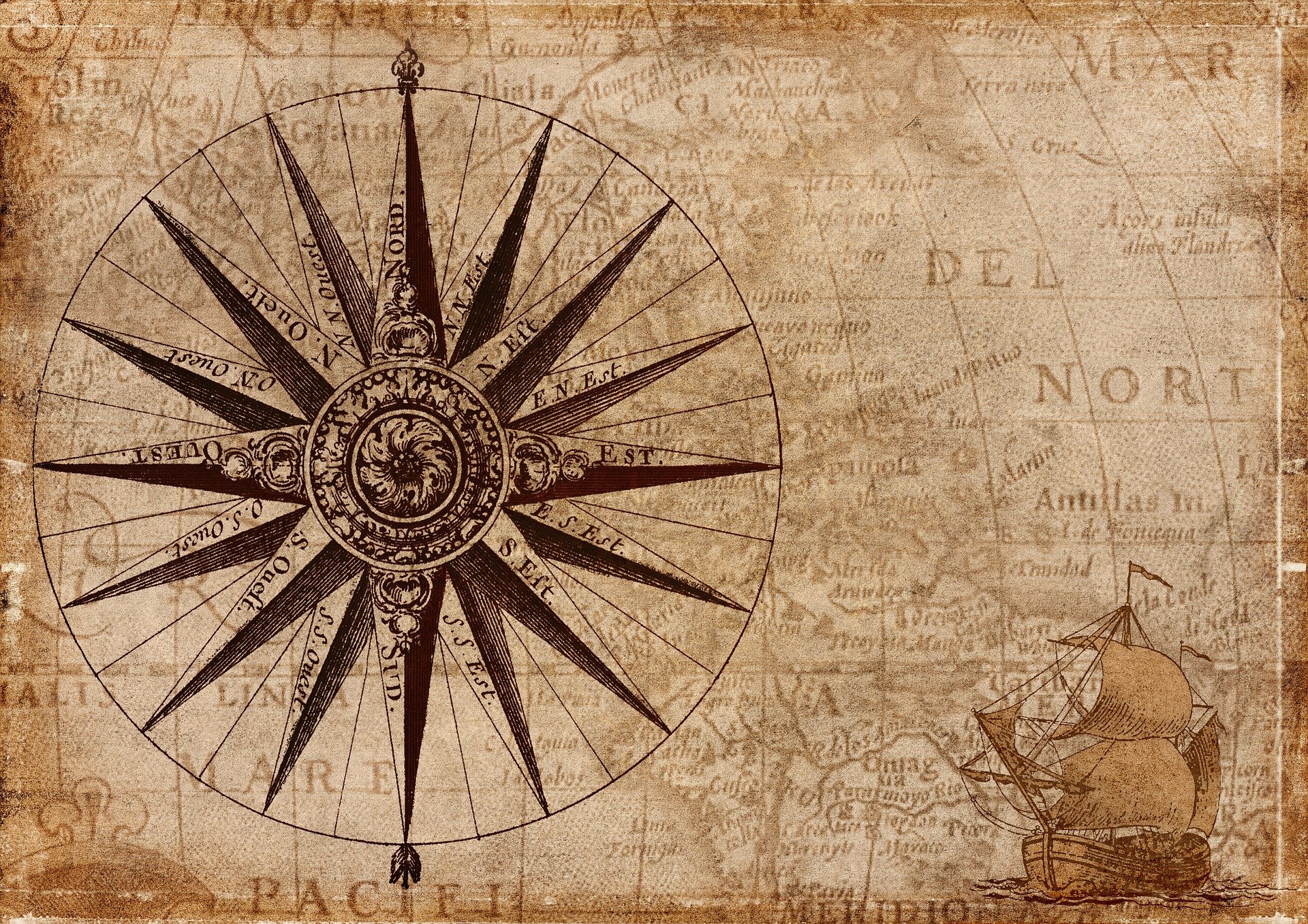
Table of Contents
Develop a Strategy for Your Business Moving-Forward, By Researching the Past
As entrepreneurs, when we start a new business the process usually begins with a spark of an idea. This spark, or intuition morphs into our business vision. The vision is our unwavering idea—the final transformation we’d like to see happen.
Once you have your vision, this foundation becomes your North Star. The compass point never changes. What will change (and should change) is your process from getting the business from where you are now to where you want to be.
All the messy stuff in between represents your business strategy.
A common mistake I see a lot of entrepreneurs make, is the obsession with forward-thinking without testing their ideas against the past. While the past is never an indication of the future, success leaves clues.
You are not an original flower.
A version of your idea or process also exists in the past. Maybe the new version doesn’t take the same shape as the past version, but humans of today aren’t all that different from people 50, 100, even 500 years ago.
It’s a blind mistake to think we’ve got all the answers just because we’re visionaries.
As Ray Dalio teaches us in his book Principles, there’s a gap in the vision we have and our ability to see all the available answers for getting our business to the finish line. To fill the gap, we find the answers from others.
While the overall vision doesn’t change, we’ll develop a business strategy over time, through a series of making mistakes, failing-forward, and simultaneously looking to the past for help with the current. Let’s get your business strategy fleshed-out, using all the breadcrumbs of the past.
Start With Your Vision
If you’re unclear about your vision, none of the additional work will help you. As the entrepreneur (hence, the visionary), you’ve got to be the one who aims the ship. If your vision isn’t clear, all the strategy in the world can’t get you to a goal you can’t see.
So, we start with your vision.
What change, transformation, result, end-game do you want to build for the people you serve? Your overall vision is bigger than a single product. While a product might also have transformational goals, your overall vision is bigger.
Your vision is the direction for your entire business.
- What wrong do you want to right?
- What mess do you want to un-mess?
- What gap in the current landscape do you want to bridge?
- What piece of the world can you make better, no matter how small?
Try to distill your vision into a single sentence.
This isn’t some dry, corporate mission statement. You don’t have to stick your vision on a business card. Your vision is the change you want to make in the world. This is your why. You don’t have to know the how parts. The strategy will come as we look to lessons from the past.
Fail-Forward. Fail Fast.
I know you’ve heard this before. But failing-forward and failing faster is the way we develop the exact strategy we need to ensure our vision becomes reality. Remember, as entrepreneurs it’s insane to think we have all the answers.
It’s our job as entrepreneurs to never waiver from the vision, while simultaneously being open to the solutions of others.
The best entrepreneurs make a lot of mistakes, However, the key to moving your vision forward is to learn from each mistake and never repeat it. This is how we fail-forward. We take what we learn and apply it to future decisions.
The failing-fast portion of the equation means we ship our best work before it’s perfect.
Whether you sell software, physical products, courses, or consulting—our work is never perfect. We’re always learning and growing. If we don’t get our best work into the world quickly, we reduce the opportunities to adjust our strategy.
This is why we have versions of software. The work is never done.
Failing-fast does not mean you should ship an inferior version of your product, but it does mean you solve the problem the best way you can and get it out the door. The paint colors and the customer experience will evolve over time. But you’ll never get to the good parts if you don’t ship your work now.
The good news is we have an almost unlimited library of the past to help us skip the line moving -forward.
Learn From The Past
When applied correctly, you can cherry-pick from the best thinkers in history. You have the advantage of learning from all the mistakes of the past, so you never have to suffer through them with your own company.
There will be plenty of time to learn your own lessons, so why repeat additional mistakes that are avoidable?
Using the lessons of history, from as early as yesterday, to as far back as the first written texts, you can build your own strategy from those who came before you. Remember, there’s nothing 100% unique. We all stand on the shoulders of those visionaries before us.
While we become visionaries in our own rite, we’ll absorb the lessons of the past to help us skip the line, moving-forward.
Ray Dalio understood this with his investment firm, Bridgewater. Every member of his team brought a unique set of skills to the plate. Therefore, each person has strengths and weaknesses. My answer for a certain topic won’t carry as much weight as my answer for a topic in which I’m deeply-skilled.
You don’t need proprietary decision-making software to achieve this level of help.
Instead, we’ll use our own research to learn from the visionaries of the past. Not only can you use the giants of our own niche, we can also learn from successful people in different niches.
Biographies
This mission-based strategy approach will require a lot of content consumption. It’s likely you already consume a lot of content, but you may need to change the kind of content you absorb. Start reading and watching biographies—not only of famous people in your niche, but from obscure winners way outside your playing field.
When you consume (and absorb) someone’s biography you skip the line.
Instead of repeating a lifetime of mistakes, you can avoid catastrophes in a few hours, taking a person’s entire life story and applying their failures to your business strategy. This process will almost feel like cheating. Here, someone already went through the trials you might’ve faced, but you can side-step around them from only a couple hours of their biography.
I read/listen to at least 100 books a year.
I don’t do this just to brag about a big number. I’m obsessed with learning from the mistakes of others. I know I’ve got plenty of room to make my own mistakes, so why would I bother making mistakes that can be avoided?
You can do the same.
- Consume audiobooks and podcasts on 2X speed. You can get through most books in a day or two while doing other things
- Read a little every day, before the rest of your house wakes-up in the morning
- Read on your phone
- Consume news with value
Success leaves clues.
Take durable notes on 3 X 5 cards and build yourself a miniature strategy library. Once you have enough of these notes, you’ll see patterns and connections. Eventually, you can combine cards together to form your own strategies to test.
Google Scholar
The Google Scholar website is a single search engine (outside of regular Google) to find research papers in your niche. Not only can you find studies done in your topic, but you can look for keywords in unrelated industries.
Contrary to what most people think, science is all about failure.
We have an idea and we try to prove it wrong, using the rigors of scientific method. Over the quest of testing a hypothesis, those tests leave behind a wake of mistakes. From these mistakes and successes, we can apply the same lessons to our work.
I understand this process can feel overwhelming.
You can spend a lifetime researching and testing—becoming obsessed with perfection and never shipping. Instead of trying to research everything, ship as fast as you can, with the knowledge you have, then, in your ongoing pursuit of knowledge, use lessons of the past to hone your strategy over time.
In short, you don’t have to get all the answers at once.
Using this research model, you’ll not only benefit from trillions of dollars in research that’s already been done, you’ll also benefit from the lessons of the greatest minds in history. You can literally cherry-pick your dream-team of advisors, all chosen to serve your ultimate vision.
Your Custom Strategy
Using the forward-failing model, coupled with all your research of the past, you’ll have a massive advantage of the other players in your space. Your custom business strategy is a tailored set of decision-making rules, all based on the data of those who came before you.
You take a few steps forward, test a strategy, and try another if the current hypothesis doesn’t prove true.
Over time, you’ll develop your own series of rules you can apply to your business. When you encounter a problem, refer to your strategy for the solution. Even if the other players in your space have a totally different approach, you’ll use hundreds of years of human progress to help your business jump to the front of the line.
August Birch is an author, email expert, and entrepreneur from Michigan, USA. As a self-appointed guardian of writers and creators, August teaches indies how to make more work that sells and sell more work once it’s made. When he’s not writing or teaching, August carries a pocket knife and shaves his head with a safety razor.
